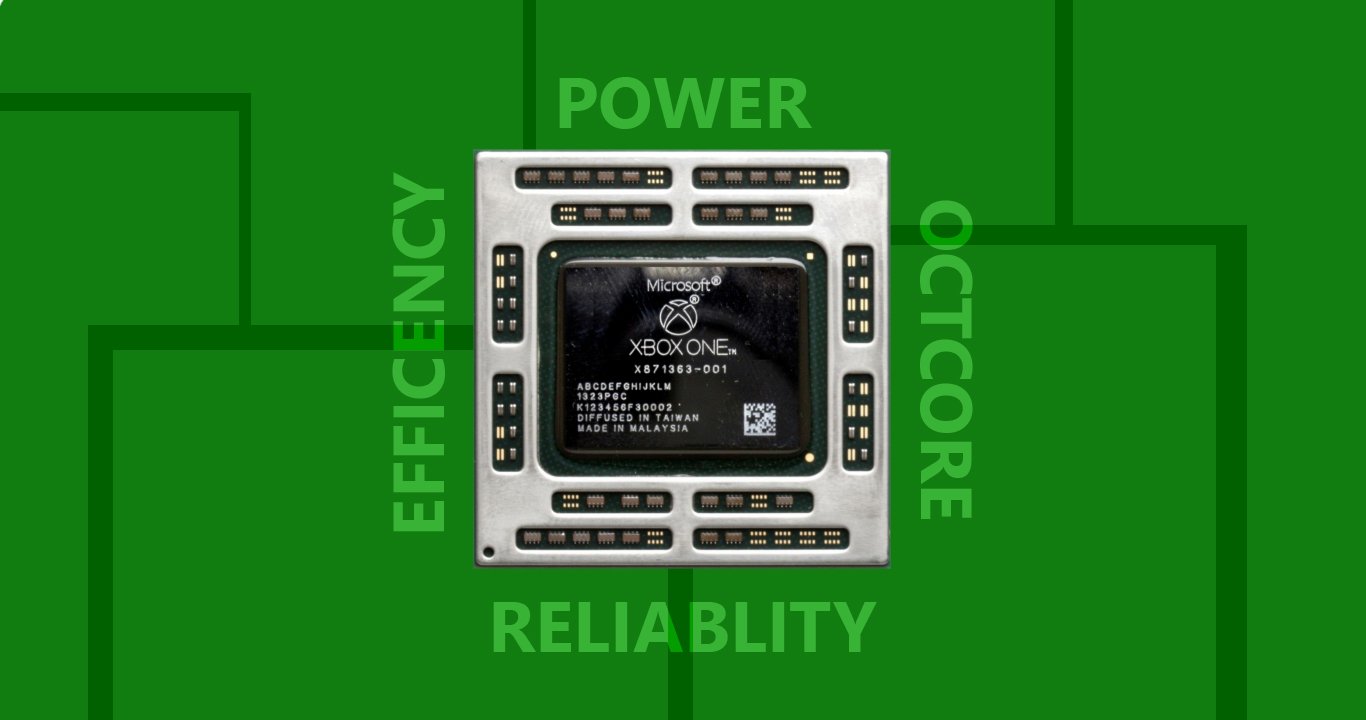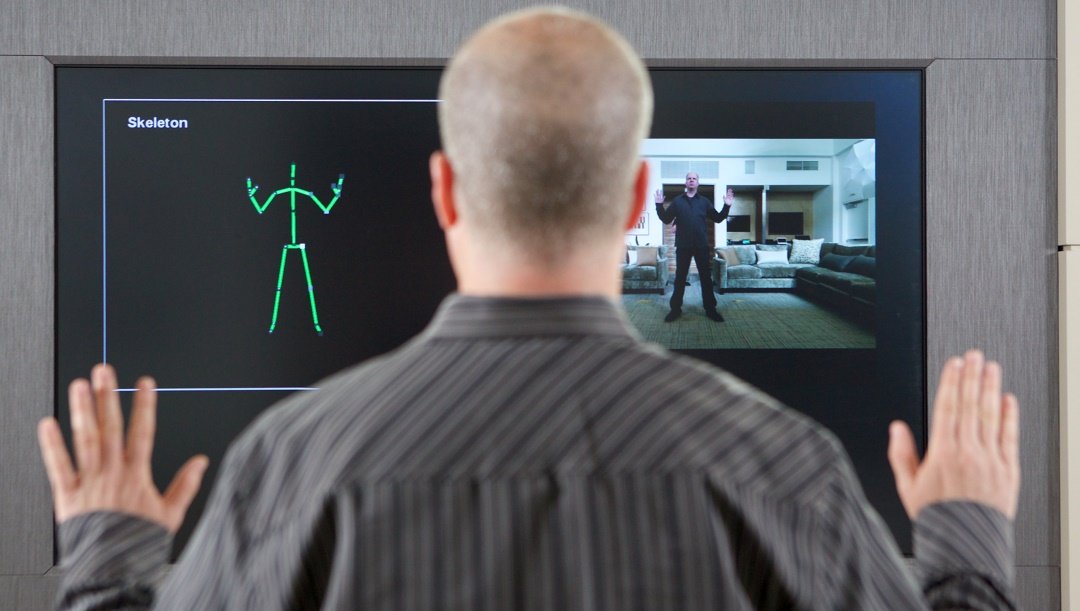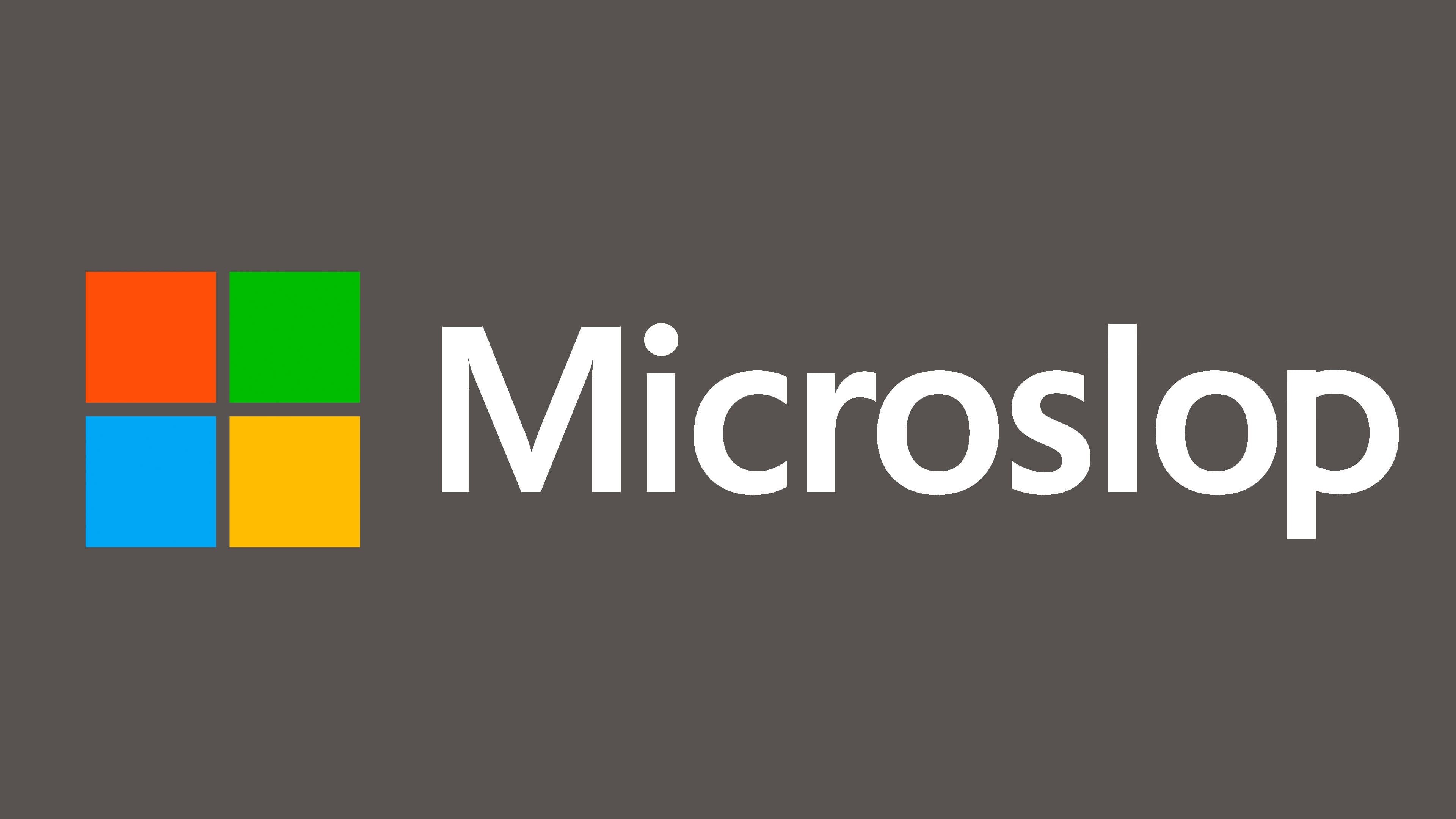Xbox One’s CPU has the power to dominate – shows off at chip design conference

Yesterday, Microsoft chip designers spoke about the creation process of the Xbox One’s powerful central processing unit (CPU). The company not only wishes to kick up the power for their latest gaming console, but also wants to ensure failures, like those seen when the Xbox 360 was launched, never happen.
When the Xbox 360 was released in 2005 the machine was subject to failure from overheating; the issue was so bad that 50% of early adopters had their consoles replaced. The catastrophically poor chip design and cooling system led to $1.1 billion dollars in replacement machines. In a time where Microsoft is seeing poor operating system sales and poor hardware (Surface) sales, failure like the 2005 breakdown is not an option.

The new chip for the Xbox One is 363 square millimeters and built in a 28 nanometer process. In comparison, if you pick up one of the latest Intel Haswell powered Ultrabooks, they sport a much smaller processor designed in the 22 nanometer process.
The Xbox One CPU is one big chip and contains five billion transistors along with a microprocessor, graphics processor, and 47 MB of memory.
A senior analyst from Linley Group, Kevin Krewell, stated that the company manufacturing the chip, TSMC, “routinely makes chips of this size for companies such as NVidia, so the size shouldn’t be a barrier to manufacturing”.
The 64-bit eight core central processing unit is powered by AMD’s latest Jaguar technology. The unit itself can shut down certain areas of the chip itself to use less power and help prevent overheating.
The graphics processing part of the chip contains fifteen special processors that can transfer data at a rate of 200GBs per second. The audio section of the chip has two of its own dedicated cores for processing.
All the latest news, reviews, and guides for Windows and Xbox diehards.

The chip within Microsoft’s Xbox One isn’t the only one to grab an upgrade. The new second generation Kinect sensor has a dedicated onboard processor and a completely new way of measuring movement. Based on Canadian technology, the new Kinect sensor uses a process known as “time of flight” to measure the shape of an object (such as a human being).
The new onboard processing for Kinect also makes the unit faster and much more precise. Kinect version two can sense objects as small as 2.5cm and according to Patrick O’Connor, a Microsoft engineer, “can thus discern which way a child’s wrist might be facing”. All this information can be relayed back to the new Xbox One with as little as 20 milliseconds of latency.
Microsoft isn’t going to tell us all the exact details of its new chip, but it does want to ensure the community that the chip will be able to handle intense graphics and not overheat during use. When the Xbox One is released this November, we will finally be able to put it through the rigors of torture and determine just how well Microsoft its internal processing chip.
Source: VentureBeat

Michael is a Former Contributor for Windows Central, covering Microsoft hardware and software, including Xbox.
